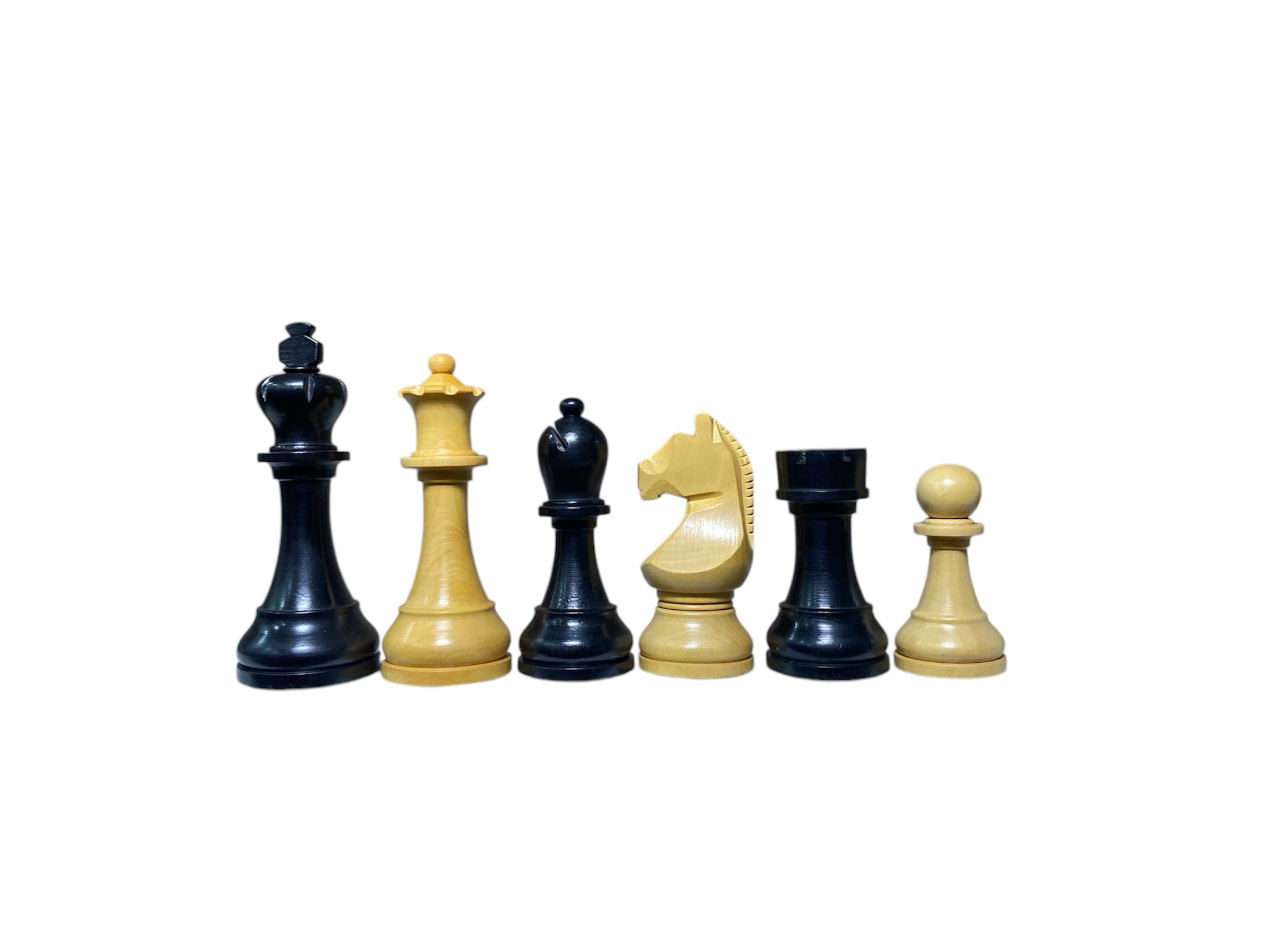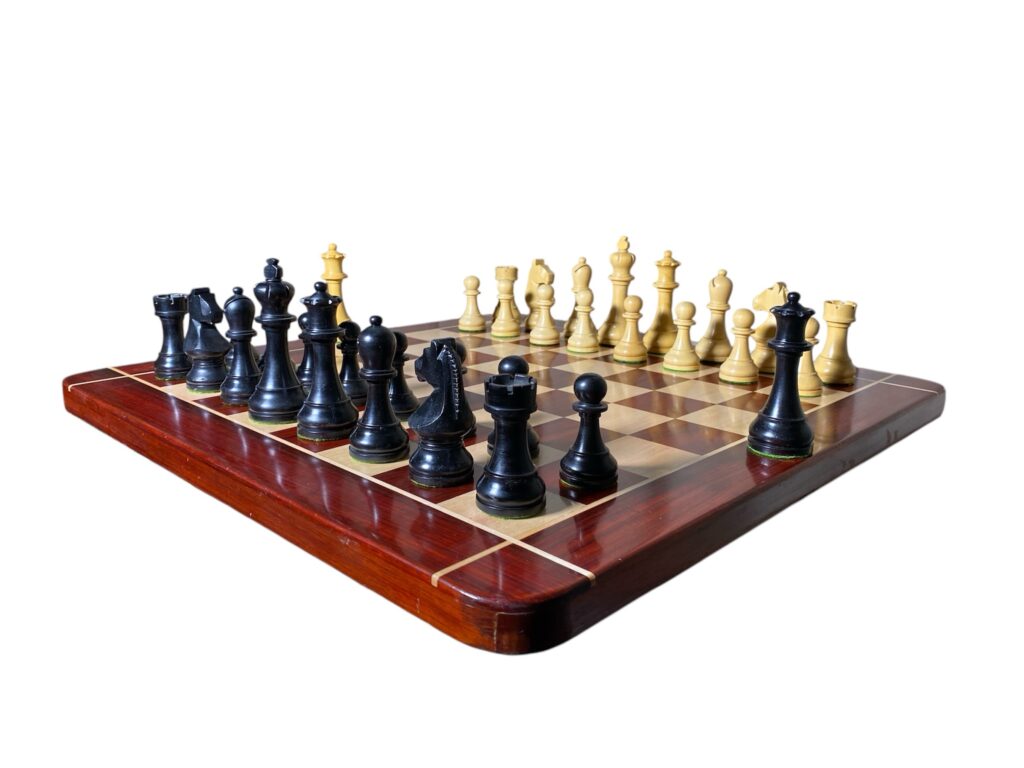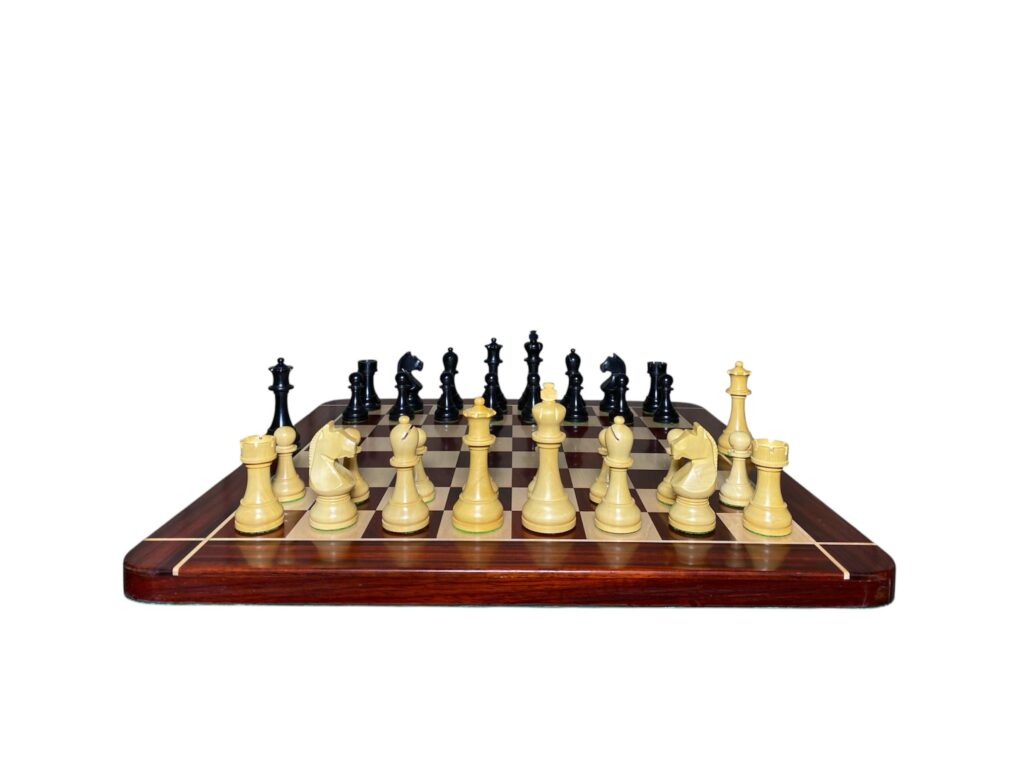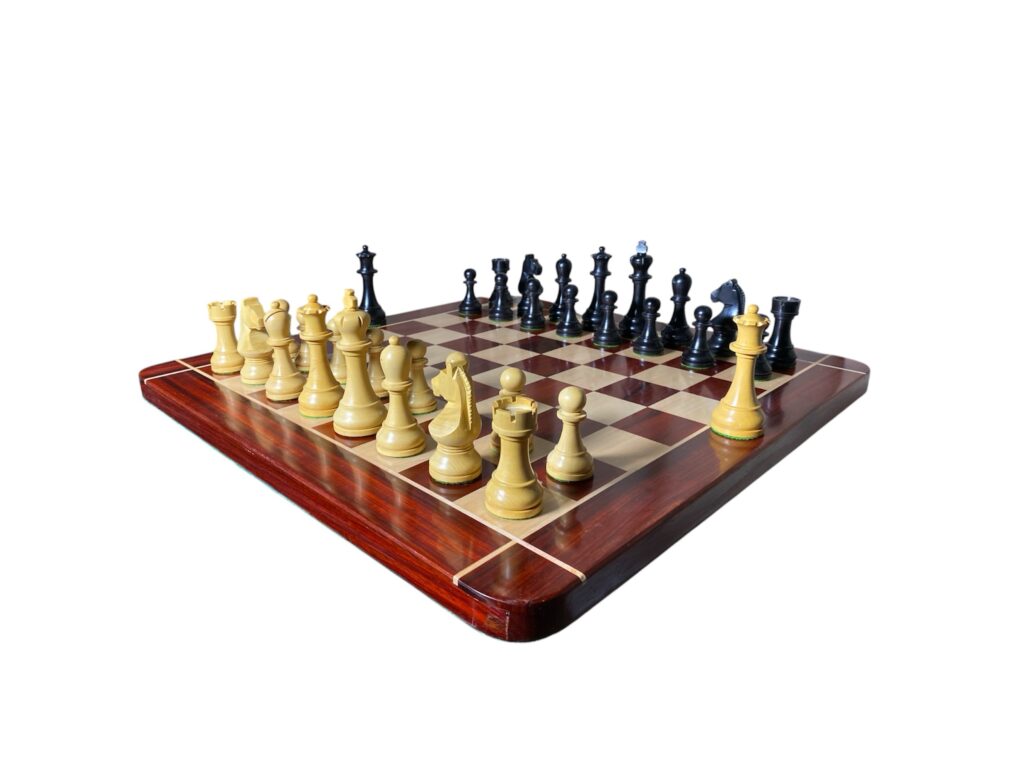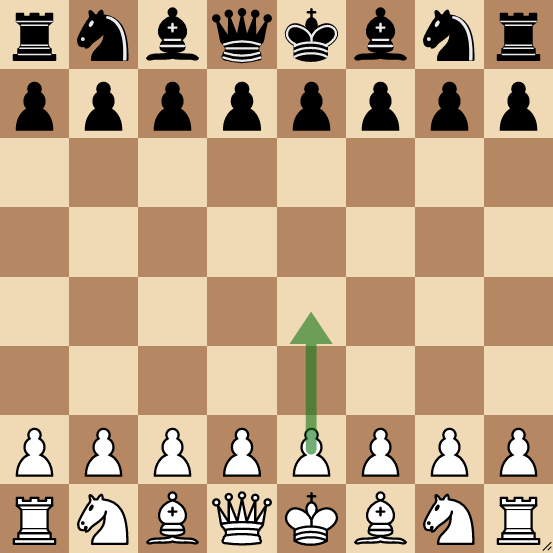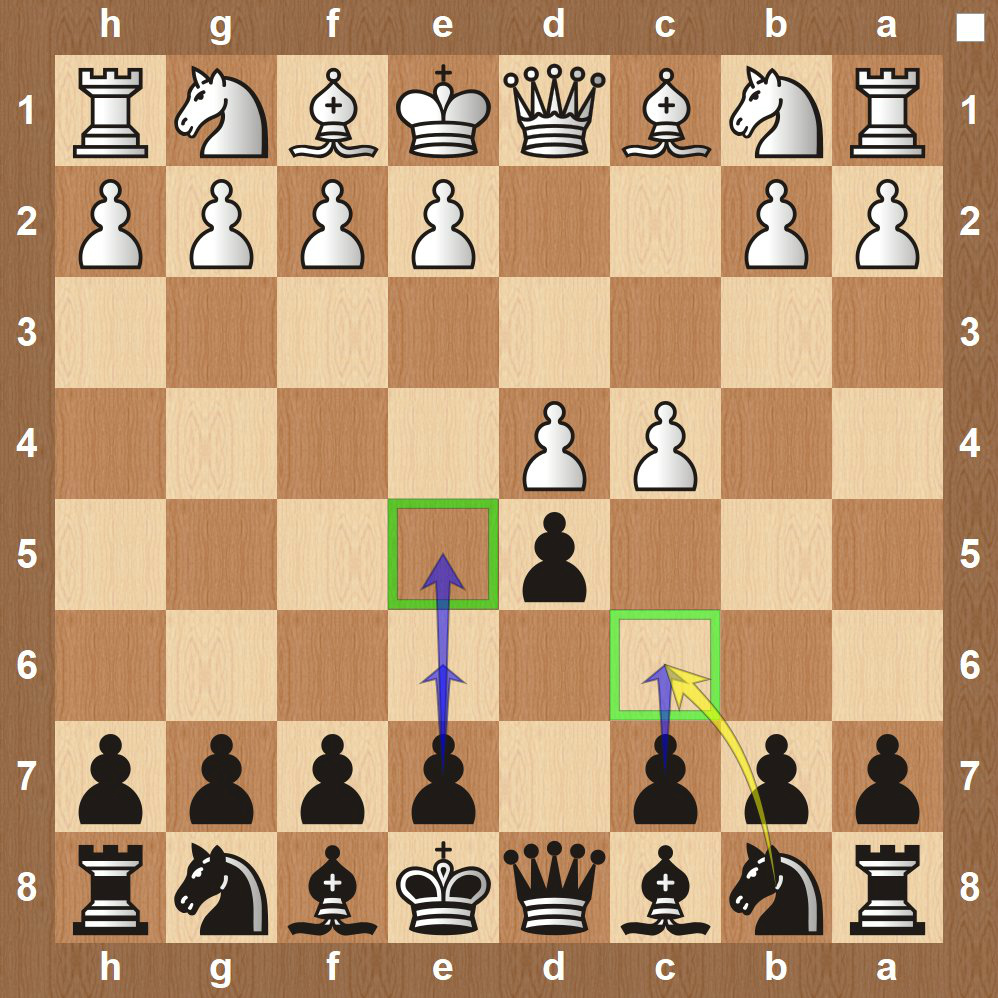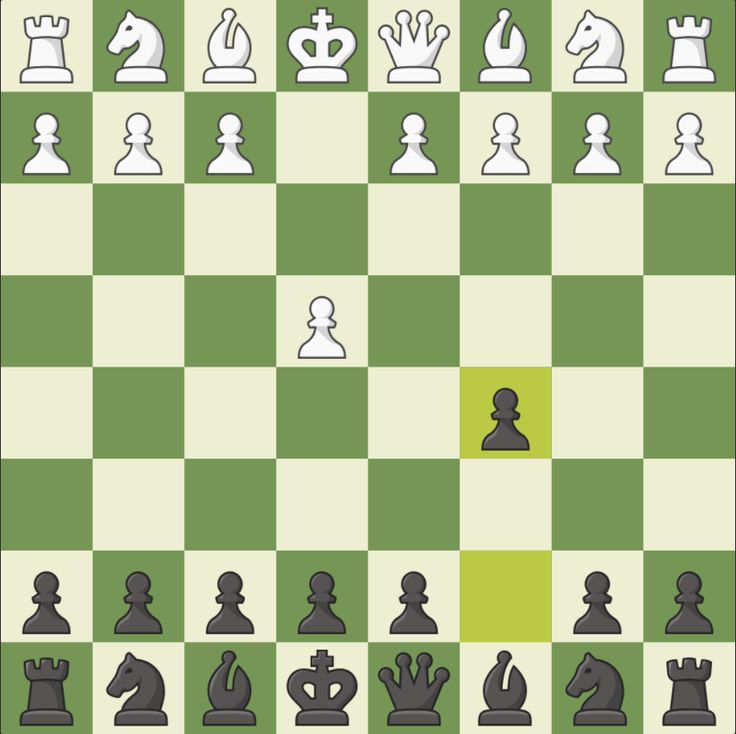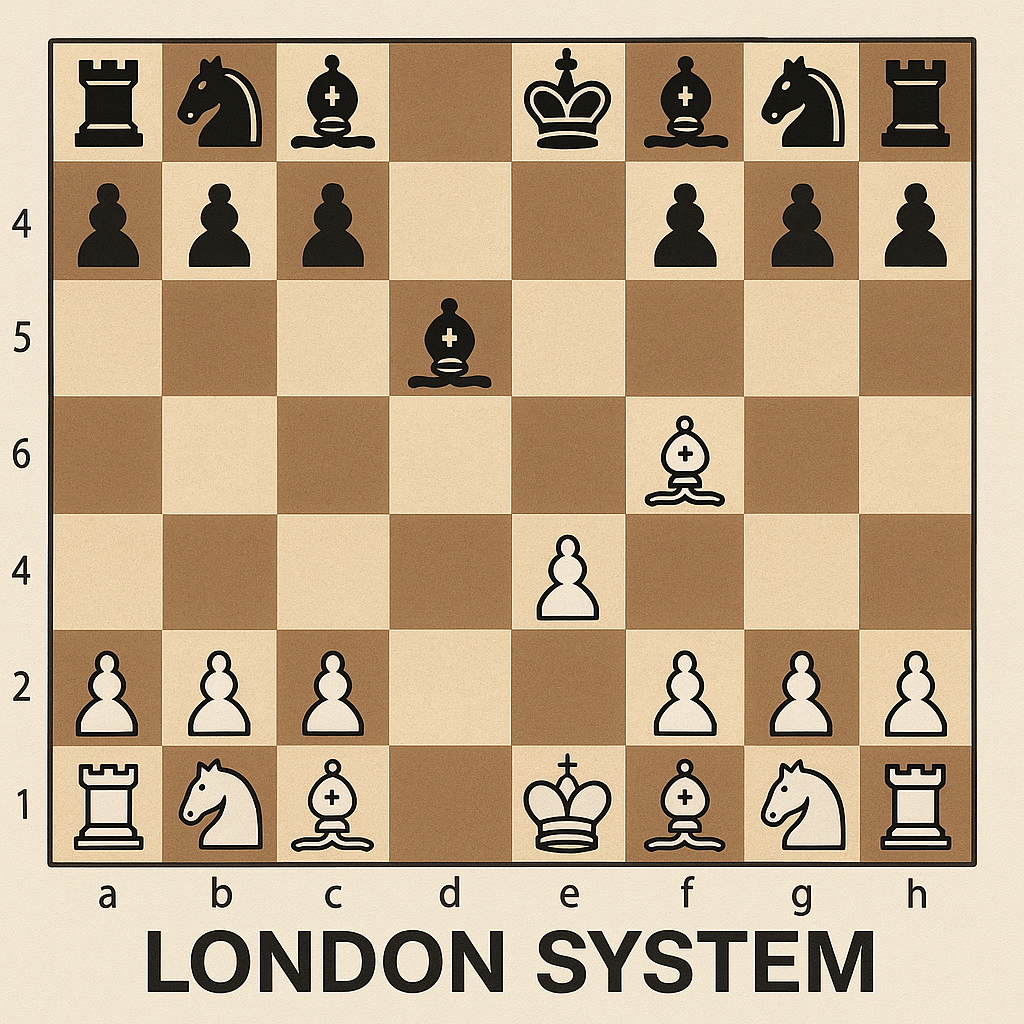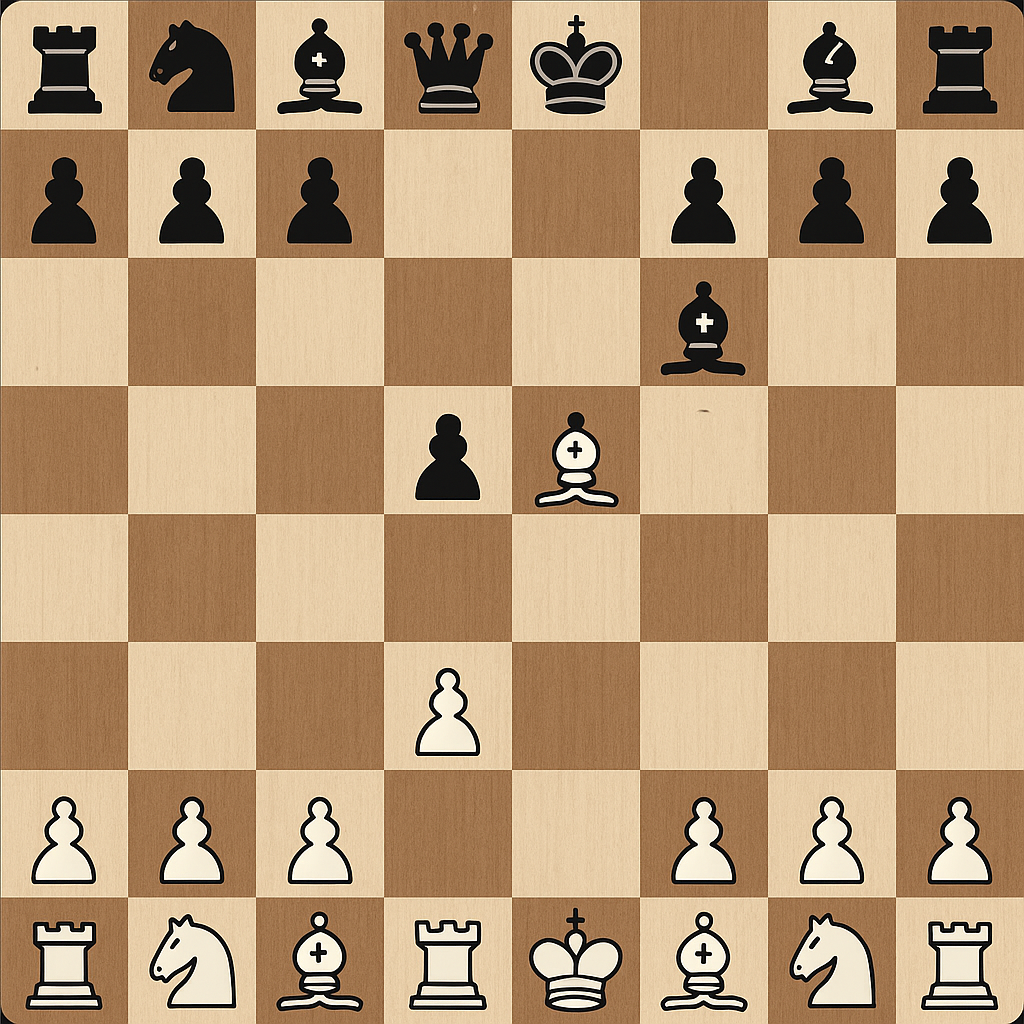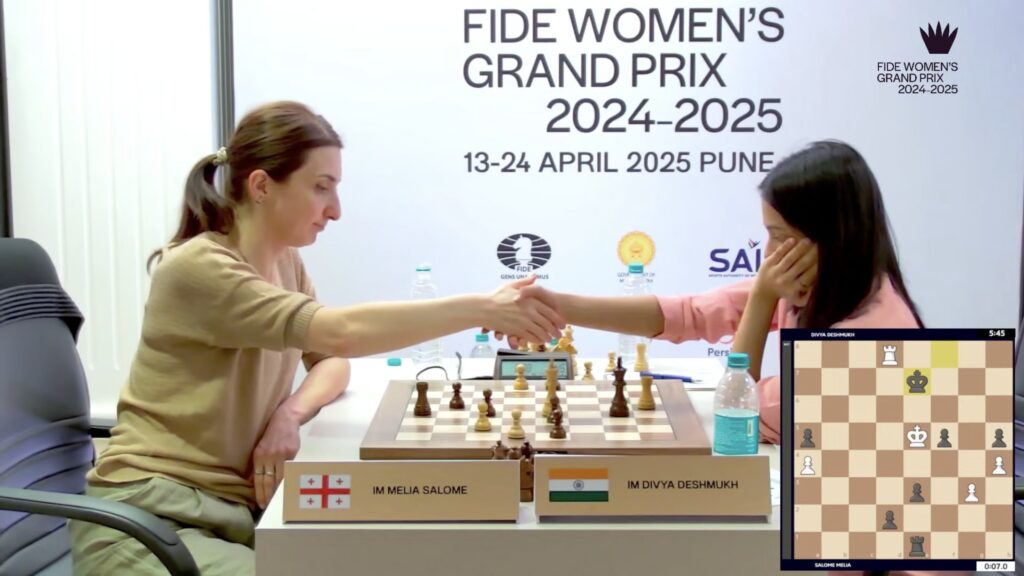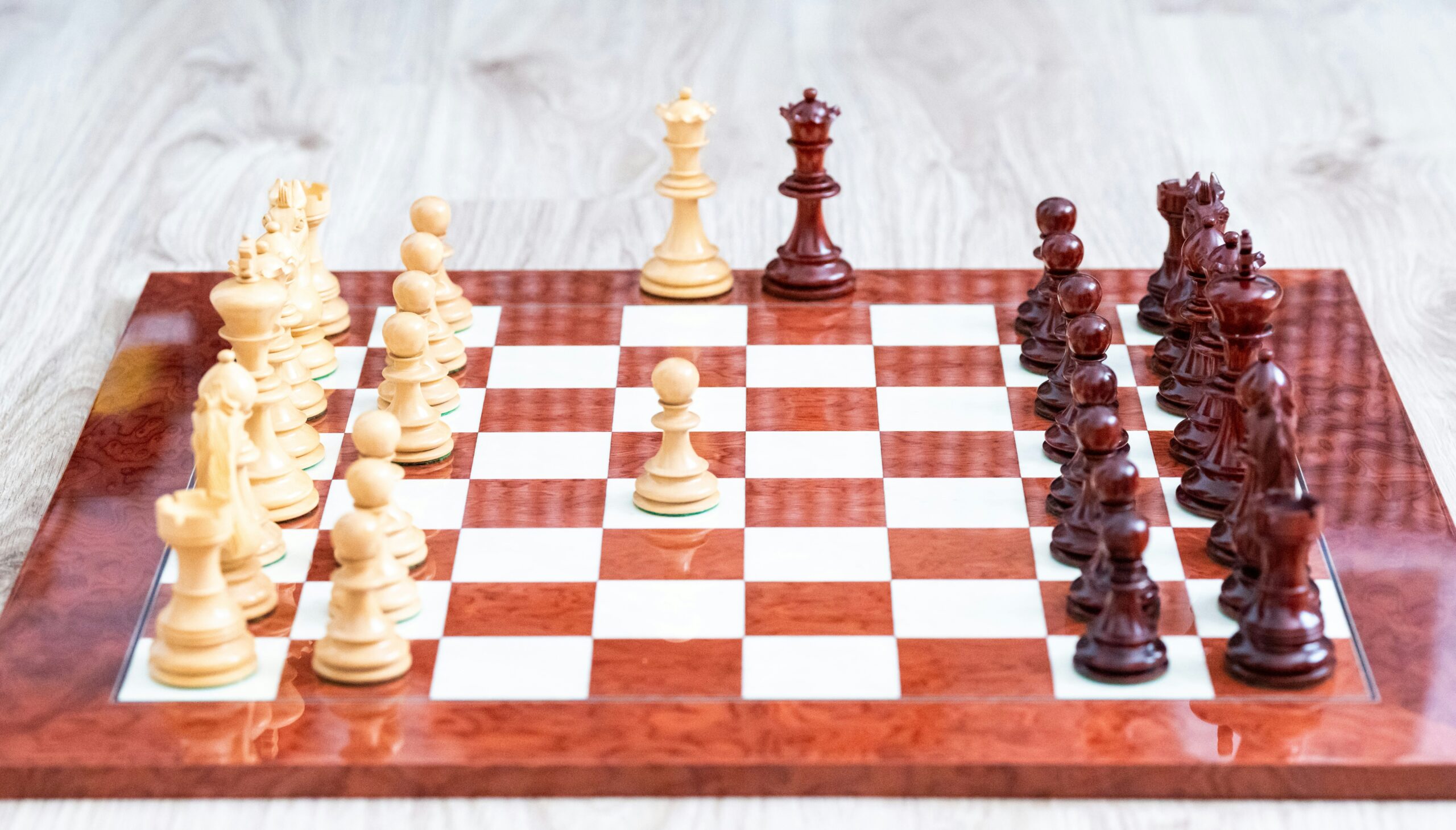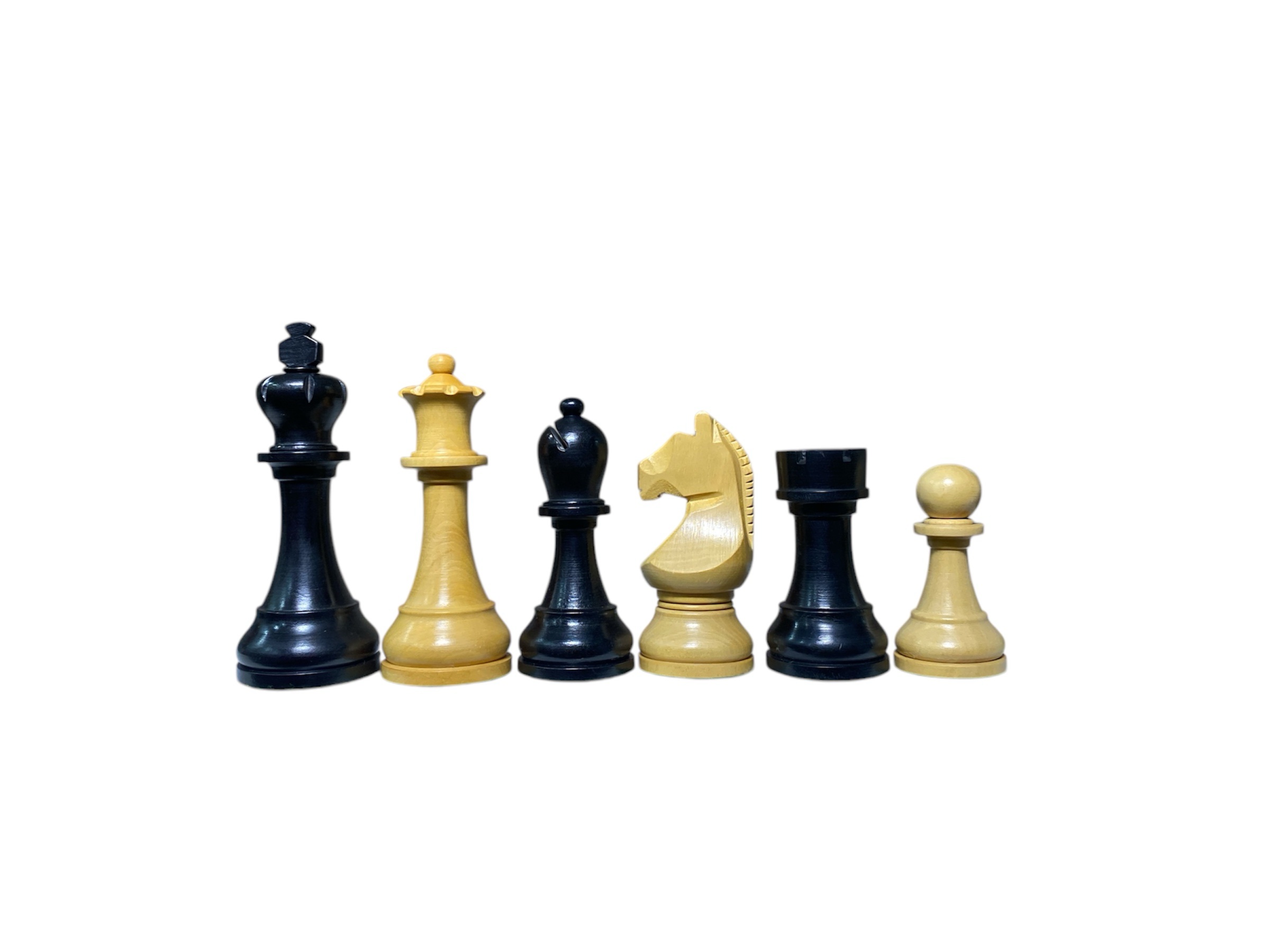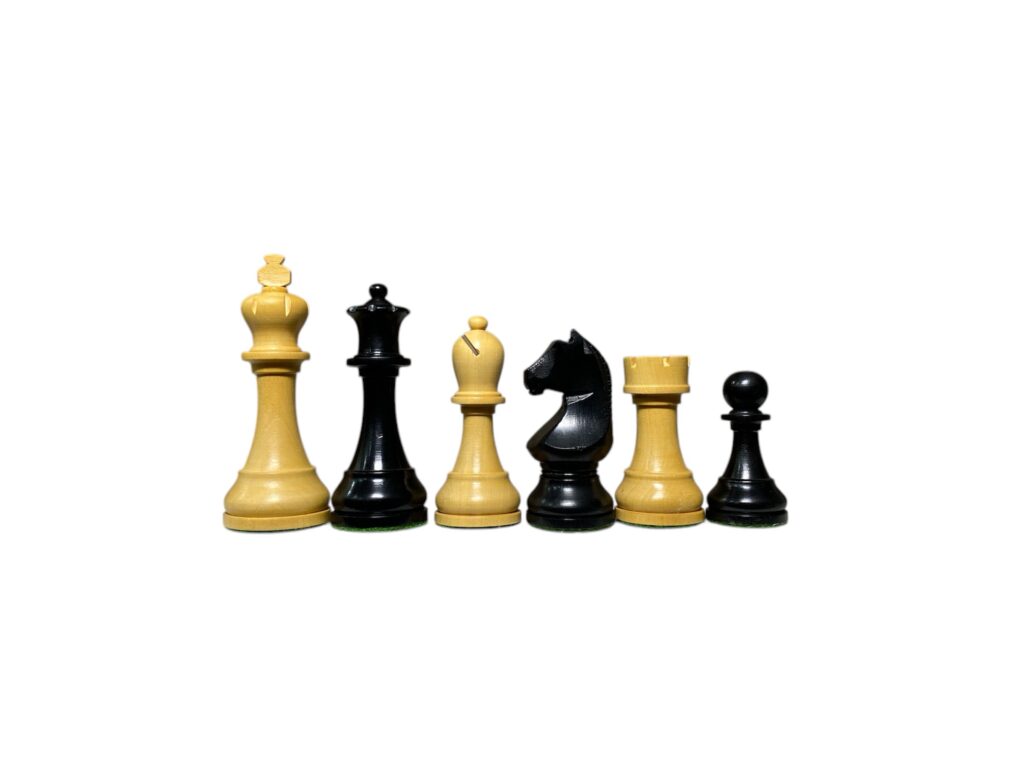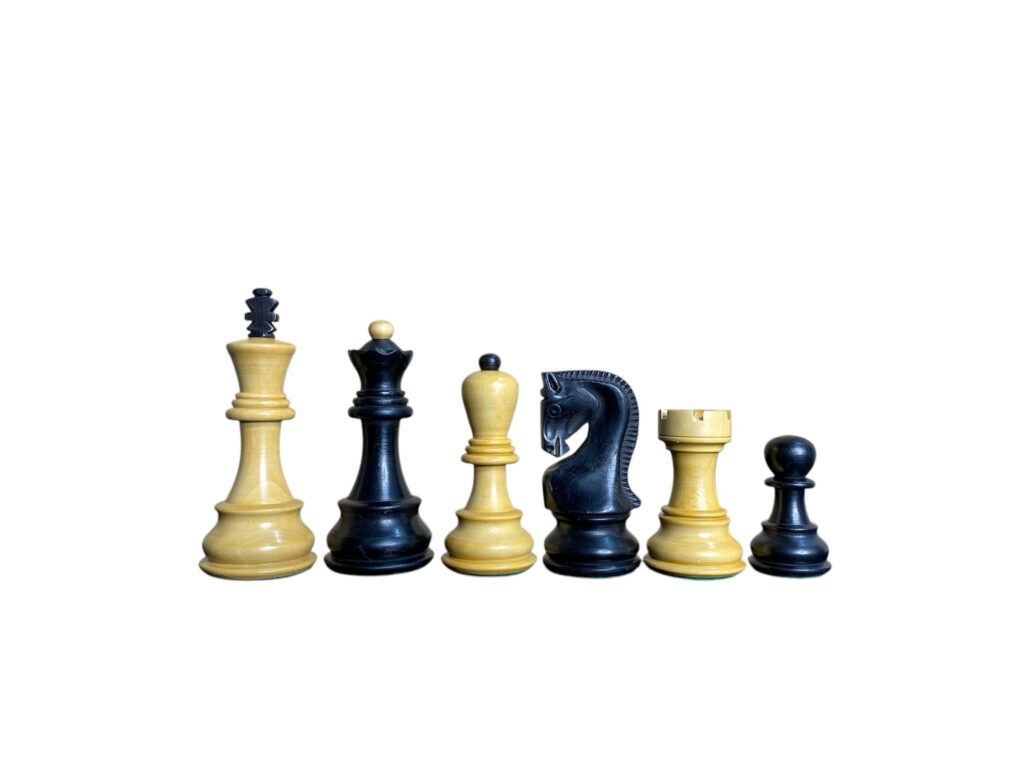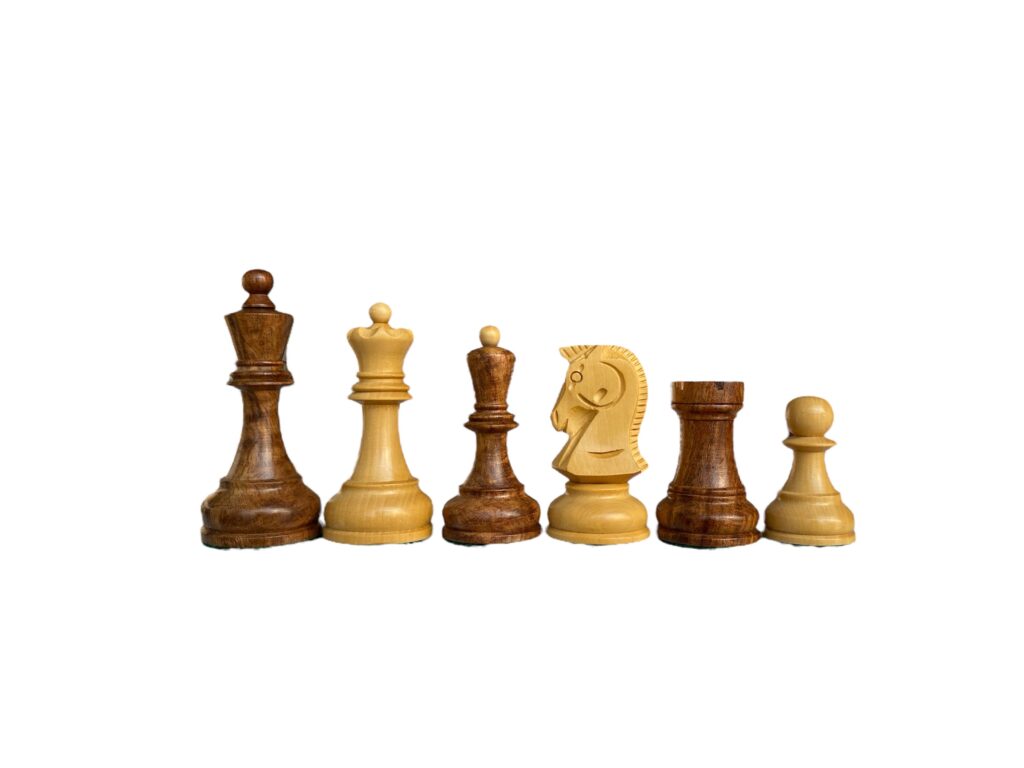
Understanding Chess Openings
The concept of chess openings is fundamental to the early phase of the game, where strategic decision-making can significantly influence the overall outcome. Chess openings encompass the initial moves made by players, which aim to control the board, develop pieces, and prepare for the middle game. A well-executed opening can create a strong position, while a poor one may lead to vulnerabilities that an opponent can easily exploit.
One of the primary objectives of any chess opening is to control the center of the board, specifically the d4, d5, e4, and e5 squares. Control over these key squares allows for effective maneuvering of pieces, thus offering greater options for attack and defense. Additionally, developing pieces early—such as knights and bishops—ensures that players can respond to their opponent’s threats while also positioning their own pieces for future strategies.
The importance of chess openings extends beyond immediate positioning; they often set the tone of the game. By establishing a strong opening, players can dictate the flow of the match, forcing their opponents to react to their strategies rather than implementing their own. Furthermore, familiarity with various openings equips players with foundational strategies that can be adapted to different situations. Whether choosing well-known openings like the Ruy López or the Sicilian Defense, understanding the principles behind these moves is crucial for success.
In essence, chess openings serve as the groundwork for the entire game, defining each player’s approach and strategy. For beginners, investing time in learning and practicing various openings is a worthwhile endeavor, as it helps cultivate a deeper understanding of the game and enhances overall performance. Mastering the opening phase can provide a significant advantage and significantly improve one’s chess proficiency.
Why Openings Matter for Beginners
The opening phase of a chess game is an essential element that significantly influences the outcome. For beginners, mastering openings is crucial as it lays the groundwork for the entire match. A good opening can lead to enhanced control over the board, allowing players to dictate the pace of the game. By adopting sound opening principles, new players can establish a strong position from the very start, which is vital in chess.
One of the primary advantages of a well-executed opening is the opportunity for quicker piece development. In the initial moves, it is important to mobilize pieces to their most effective squares, which facilitates coordination and control. By focusing on developing knights and bishops early, beginners can avoid falling into passive positions that often lead to difficulties later in the game. Furthermore, establishing central control is paramount, granting access to critical squares and pathways for further advancement.
Additionally, understanding the principles of chess openings empowers players to anticipate their opponent’s moves. By familiarizing themselves with common opening strategies and responding appropriately, beginners can better predict possible responses from their adversaries. This not only enhances a player’s tactical awareness but also boosts confidence as they navigate through the board’s early dynamics.
Moreover, incorporating opening theory into practice builds a foundation for more complex strategies and concepts. As novices gain experience, they will encounter various responses that will require adaptation and strategic thinking. This puts players on a path toward a deeper appreciation of the game. In conclusion, prioritizing the learning of chess openings is an investment in a player’s overall growth and success in chess. It’s a fundamental step that every beginner should embrace for a rewarding chess journey.
Basic Principles of Chess Openings
Understanding the basic principles of chess openings is essential for any novice player looking to enhance their skills. One of the primary objectives during the opening phase is to control the center of the board. The central squares, specifically e4, e5, d4, and d5, are paramount as they allow pieces greater mobility and influence over the game. For example, advancing pawns to e4 and d4 not only contests the center but also opens pathways for the bishop and queen’s development.
Following the principle of central control, the next crucial concept is the development of pieces. This involves moving knights and bishops from their starting squares to more effective positions. Ideally, the first few moves should focus on developing knights to f3 and c3 and bishops to c4 and f4. By doing so, you strengthen your position and prepare for future strategies that can capitalize on your improved piece placement.
Lastly, protecting the king is vital in the opening phase. Often this is achieved through early castling, which not only secures the king but also connects the rooks. A common practice is to castle kingside as it provides an added layer of safety while allowing the rook to participate in the game. It is recommended to avoid moving the same piece multiple times during the opening, to save valuable tempo for other developments.
In conclusion, mastering the basic principles of chess openings—controlling the center, developing pieces efficiently, and ensuring king safety—lays a solid foundation for a successful chess game. Incorporating these strategies will undoubtedly elevate a beginner’s performance on the board, setting the stage for more advanced tactics and gameplay.”
Popular Chess Openings for Beginners
As players embark on their chess journey, understanding the various openings can significantly enhance their gameplay. Among the classical openings, the Italian Game, King’s Pawn Opening, and Queen’s Gambit are particularly suited for novice players, providing fundamental lessons on piece development and control of the center.
The Italian Game begins with the moves 1.e4 e5 2.Nf3 Nc6 3.Bc4. This opening emphasizes the importance of rapid development and control of the central squares. Players should aim to put pressure on the f7 pawn, which is often a target for tactics. One common mistake to avoid is neglecting development to pursue early attacks, which may lead to a loss of tempo.
Another foundational opening is the King’s Pawn Opening, initiated by 1.e4. This opening allows for flexible play, opening paths for both the queen and bishop. Beginners can focus on the basic principles of chess: controlling the center, developing pieces, and safeguarding the king. A frequent pitfall lies in the tendency to move the same piece multiple times in the opening phase, which can hinder development and lead to a disadvantage.
The Queen’s Gambit, starting with 1.d4 d5 2.c4, is another essential opening. Despite being termed a ‘gambit,’ it does not sacrifice material without justification. The aim is to control the center of the board while encouraging favorable exchanges. Beginners should be aware of common counterplay methods, such as accepting the gambit with 2…dxc4, allowing Black to gain a pawn at the risk of losing central control.
By focusing on these popular openings, beginners can build a fundamental understanding of chess strategy. Mastering these will create a solid foundation for deeper exploration of chess principles and further openings as they progress in their journey.
Example Games Featuring Beginner Openings
To understand the practical application of beginner chess openings, we can analyze a couple of illustrative games. These games will showcase how these openings can lead to advantageous positions, while also highlighting strategic thought processes applicable to players new to chess.
In our first example, we look at a game that features the Italian Game, a popular choice among beginners. White opens with 1.e4, which is a common starting move aimed at controlling the center. After 1…e5, White plays 2.Nf3, targeting the e5 pawn. The game progresses with 2…Nc6 and then 3.Bc4, steering the game into the Italian Game. This opening allows White to quickly develop pieces while aiming for a tactical assault on the f7 square, a weak point in Black’s defense. Annotations for this game reveal that White can leverage the initiative effectively by applying pressure through piece development. A follow-up move such as 4.c3 prepares for d4, further enhancing central control.
Next, we examine a game featuring the Queen’s Gambit, another essential opening for beginners. Here, White starts with 1.d4, inviting Black to respond with 1…d5. After 2.c4, White offers a pawn sacrifice for control of the center. If Black accepts the gambit with 2…dxc4, White can regain the pawn while keeping better piece placement. Critical moves in this game demonstrate the importance of rapid development, such as Nf3 and e3, which set up future attacks while also increasing board presence. These tactical choices reflect sound opening principles like control of the center and active piece development, which are paramount for success at the beginner level.
Through these examples, beginners can gain insight into the practical nuances found within their chosen openings, helping them to apply theoretical knowledge effectively as they advance their chess journey.
Common Mistakes to Avoid
In the opening phase of a chess game, beginners often make several common mistakes that can hinder their overall performance. Recognizing and avoiding these errors is crucial for building a solid foundation in chess. One of the most frequent mistakes is overextending pieces too early in the game. While it might be tempting to advance pawns and deploy pieces aggressively, doing so can expose them to targeted attacks and make them vulnerable to capture. Instead, players should strive for a balanced approach, developing their pieces harmoniously while maintaining control over the center of the board.
Another critical aspect that beginners tend to overlook is king safety. Often, players may neglect the importance of castling early in the game, which is essential for providing a safe haven for the king and connecting the rooks. Failure to prioritize king safety can lead to vulnerabilities that may be exploited by opponents. Players should aim to castle at an appropriate time to secure their kings and enhance the coordination of their pieces.
Additionally, beginners frequently struggle with the effective development of their pieces. Inefficient development can result when players focus too heavily on one side of the board, neglecting other pieces. For instance, moving the same piece multiple times in the opening can waste valuable tempo that could be used to mobilize other pieces. A more effective strategy involves bringing out knights and bishops early, ensuring that all pieces contribute to central control and overall board development. It is essential to maintain flexibility and adaptability during this phase.
By being aware of these common mistakes—overextending pieces, neglecting king safety, and inefficient development—beginners can significantly improve their opening play and set the groundwork for a successful chess game.
Resources for Practicing Openings
For beginners looking to master chess openings, a variety of resources are available to facilitate learning and practice. One of the most effective ways to improve one’s understanding of chess openings is through specialized books. Books that focus on opening theory not only provide in-depth analysis of various lines but also present illustrative games to demonstrate effective strategies. Titles like “Chess Opening Essentials” and “Fundamental Chess Openings” offer comprehensive insights suited for novice players.
Online courses are another valuable resource for learning chess openings. Platforms such as Chess.com and Lichess.org offer structured courses specifically geared toward beginners. These courses often include video lectures by experienced players, enabling learners to visualize and comprehend the concepts behind specific openings. Furthermore, interactive quizzes and practice drills on these platforms allow users to test their knowledge in real-time, enhancing retention and application of the material.
In addition to books and online resources, chess applications can be immensely beneficial for practicing openings on the go. Apps like “Chess Tactics Pro” and “Chess.com” facilitate playing against AI opponents or real players, enabling beginners to apply their knowledge in practical scenarios. These applications often include features that allow players to analyze their games, providing valuable feedback on opening choices and overall play. Such analysis is crucial, as it helps in identifying mistakes and understanding the implications of different moves.
Lastly, engaging in regular practical play is crucial for mastering openings. Playing games against both human opponents and computer algorithms fosters a practical understanding of opening strategies. Reviewing these matches afterwards, focusing on opening choices, can further reinforce learning. Making use of these resources can significantly enhance a beginner’s proficiency in chess openings and contribute to overall skill development in the game.
Using Handmade Chess Sets for Practice
Practicing chess openings can be greatly enhanced by using high-quality handmade chess sets. The tactile experience of moving pieces on a beautifully crafted wooden chess board adds a distinct pleasure that plastic or mass-produced boards cannot replicate. Handmade chess sets, often crafted from premium materials such as hardwood or exotic woods, provide not just a functional aspect but also elevate the aesthetic value of the game. The attention to detail in craftsmanship makes each piece a work of art, inviting players to engage more deeply with the game.
The appeal of luxury wooden chess sets extends beyond their visual allure. These sets often come with a weight and balance that feel satisfying in the hand. Players can appreciate the differences between the pieces—the smooth feel of polished wood, the intricate carvings, and the unique grain patterns. Such elements contribute to a heightened sense of respect and appreciation for the game’s strategy and history. This emotional connection can lead to more focused practice sessions, as the environment itself serves as an encouragement to invest time in mastering openings, thereby reinforcing a player’s commitment to improvement.
Furthermore, using a handmade chess set during one’s practice can instill a sense of tradition and authenticity in the learning process. It invites players to disconnect from digital distractions, encouraging a more meditative and contemplative approach to studying openings. As one meticulously sets up the board and visualizes the moves, the tactile engagement fosters a deeper understanding of strategic concepts. Thus, the practice with these sets becomes a blend of physical touch and intellectual pursuit, enhancing the overall experience of learning to play chess. Ultimately, opting for handcrafted wooden chess boards can enhance one’s journey towards mastering the art of chess.
Conclusion
As we conclude our exploration of chess openings, it is crucial to recognize that mastering the initial moves in chess is not just about memorizing strategies, but rather embracing a journey of learning and improvement. Beginners often experience a steep learning curve when it comes to open positions, tactics, and fundamental principles. However, it is essential to approach this process with patience and a positive mindset.
Regular practice is paramount in developing a solid understanding of chess openings. Engaging in daily exercises, revisiting classic games, or utilizing online platforms to play against others can significantly enhance one’s grasp of opening principles. By diligently applying these concepts, players will gradually build their confidence and understanding of the game’s nuances. It is important to remember that even the most accomplished players were once novices, and growth comes with time and dedication.
Moreover, seeking support is an invaluable aspect of the learning experience. Joining chess clubs, participating in online forums, or even hiring a chess coach can provide necessary guidance and encouragement. These avenues allow players to share their experiences and gain insights from others who have navigated similar paths. Interacting with fellow enthusiasts can foster a community of learners, elevating one’s practice and understanding of chess openings.
Ultimately, the journey of learning chess openings encompasses more than just the technical skills required; it invites players to develop discipline, strategy, and critical thinking. By remaining committed and open to this enriching experience, one will not only improve their chess skills but also cultivate a deeper appreciation for the game. Embrace this journey, and let every move contribute to your growth on the chessboard.





